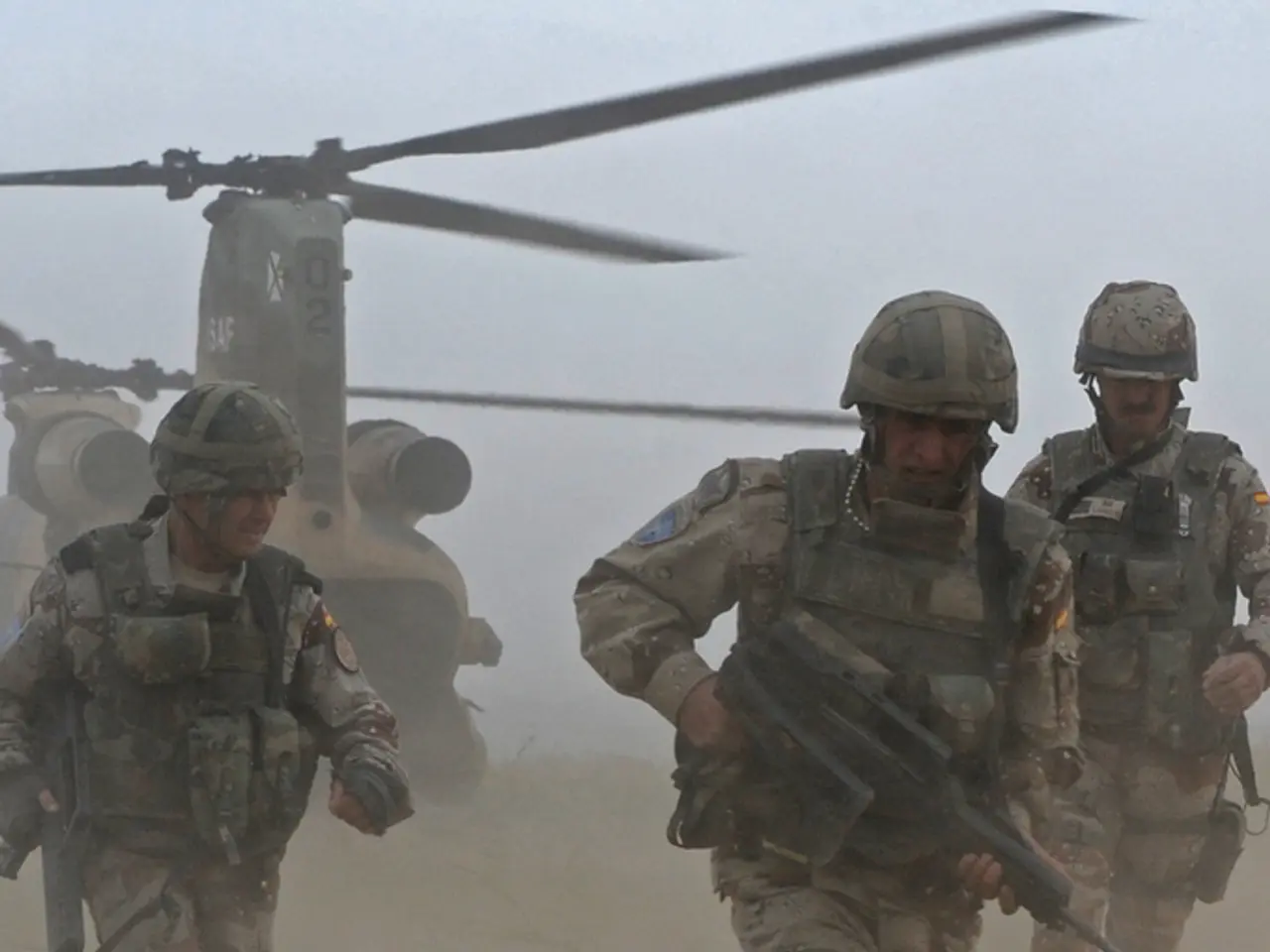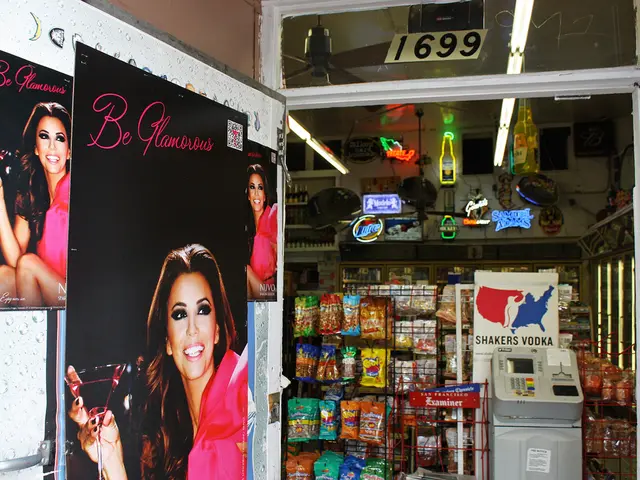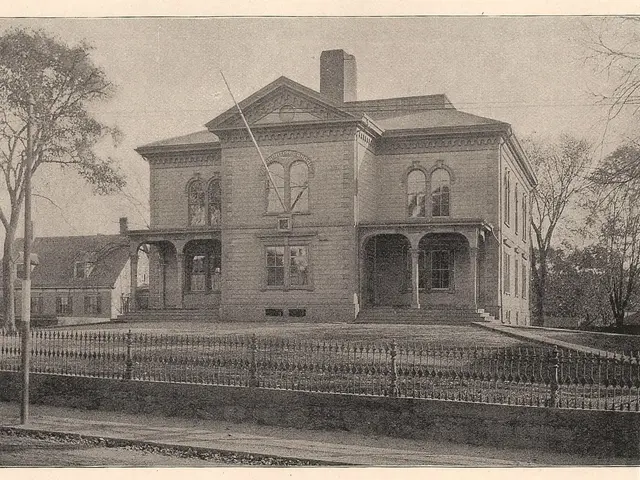Exceptions and Unique Applications of Unmanned Aerial Vehicles in the United States
In the rapidly evolving world of drone technology, the Federal Aviation Administration (FAA) plays a crucial role in regulating their use. This article provides an overview of the common requirements for obtaining a Beyond Visual Line of Sight (BVLOS) waiver, the application process, and the various industries that advocate for more flexible regulations.
Common Requirements for Obtaining a BVLOS Waiver
To operate drones beyond the operator's line of sight, several requirements must be met. These include the implementation of detect-and-avoid technology, reliable communication systems, detailed risk assessments, operational procedures, and pilot training.
Key Considerations for Waiver Applications
Key considerations for waiver applications include thorough risk assessments, advanced technologies, operator training, operational procedures, and safety protocols. The FAA may also require proof of pilot certification for handling and dispersing chemicals.
Application Process
The application process involves submitting a detailed safety case through the FAA's DroneZone portal. Applications may require review and approval by the FAA for BVLOS operations, flights over people, and operations in restricted or controlled airspace.
Emergency Response Operations
Emergency response operations often necessitate immediate waivers for BVLOS, flights over people, and operations in restricted or controlled airspace. Drones are invaluable in these scenarios, providing real-time aerial views, thermal imaging, and the ability to reach areas inaccessible by ground vehicles.
Construction and Agriculture
Drones are increasingly being used in construction for site surveys, mapping, and 3D modeling, and in agriculture for monitoring crop health, optimizing irrigation, and managing pests. Agricultural drone operations often require exemptions for flying beyond visual line of sight and for operations over large areas. Drones equipped with spraying systems are used for applying pesticides, herbicides, and fertilizers, and for seeding in hard-to-reach areas.
Industry Viewpoint
Many industries advocate for more flexible regulations to accommodate the rapid advancement of drone technology. Organizations like the Association for Unmanned Vehicle Systems International (AUVSI) and the Small UAV Coalition work to influence policy and promote the benefits of drone technology.
Night Operations
Night Operations require FAA approval for operations during nighttime hours without anti-collision lighting.
Multiple Drones and Operations Over People
Multiple Drones can be controlled by a single operator with the appropriate FAA waiver (14 CFR §107.35). Operations Over People require FAA approval under 14 CFR §107.39.
Advocacy Groups
Organizations in the United States that advocate for drone technology and support waiver applications and exemptions for drone operators include advocacy groups within the drone industry such as the Association for Unmanned Vehicle Systems International (AUVSI) and similar trade associations, which work closely with the FAA to facilitate regulatory approvals for commercial and operational drone use.
In conclusion, the FAA's waiver process plays a significant role in enabling the safe and effective use of drones in various industries. As technology continues to advance, it is expected that regulations will evolve to accommodate these advancements, ensuring the continued growth and safety of drone operations.
Read also:
- Peptide YY (PYY): Exploring its Role in Appetite Suppression, Intestinal Health, and Cognitive Links
- Toddler Health: Rotavirus Signs, Origins, and Potential Complications
- Digestive issues and heart discomfort: Root causes and associated health conditions
- House Infernos: Deadly Hazards Surpassing the Flames








